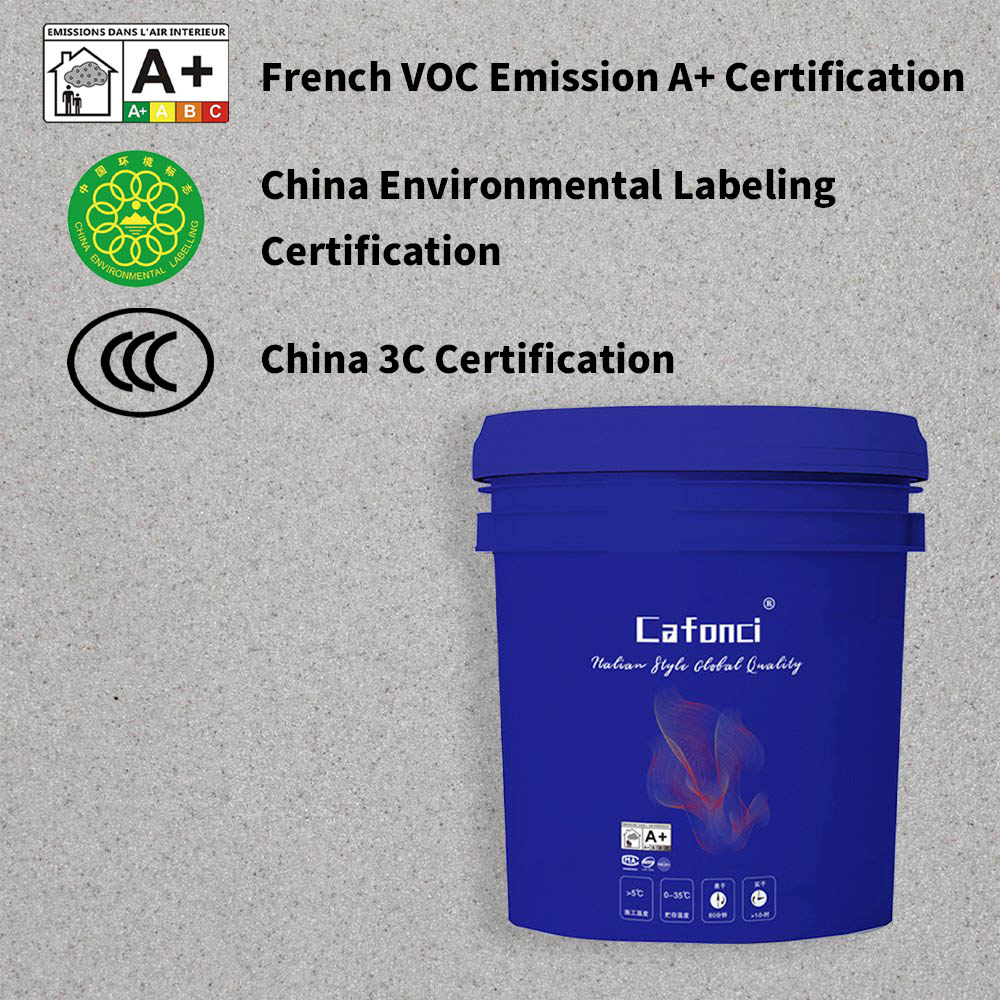Emulsion paint, a staple in modern interior and exterior decoration, has revolutionized the way we approach painting spaces. Unlike traditional oil-based paints, emulsion paint is water-based, formulated with a blend of pigments, binders (usually acrylic or vinyl resins), solvents (water), and additives. This unique composition gives it distinct advantages, making it a top choice for homeowners, decorators, and DIY enthusiasts alike. In this comprehensive guide, we’ll explore everything you need to know about emulsion paint—from its types and benefits to application techniques and maintenance tips.
#Understanding Emulsion Paint: What Sets It Apart?

At its core, emulsion paint is defined by its water-based formula, which replaces the harsh solvents found in oil-based paints. The binders (resins) in emulsion paint form a durable film when dry, adhering tightly to surfaces like walls, ceilings, and wood. This film is flexible, resistant to cracking, and breathable, allowing moisture to escape—key for preventing mold growth in humid environments. Unlike oil-based paints, emulsion paint dries quickly, emits minimal odor, and cleans up easily with water, making it both user-friendly and eco-conscious.
#Types of Emulsion Paint: Choosing the Right Finish
Emulsion paints are categorized primarily by their sheen level—the amount of light they reflect. Each finish offers unique aesthetic and functional properties, suited to different spaces and needs:
##1. Matte Emulsion Paint
Matte emulsion has a low-sheen, velvety finish that absorbs light, making it ideal for hiding surface imperfections like small cracks or uneven textures. It’s a popular choice for bedrooms, living rooms, and ceilings, where a soft, non-reflective look is desired. However, matte finishes are slightly less durable than higher-sheen options and may require more frequent cleaning care.
##2. Silk Emulsion Paint
Silk emulsion strikes a balance between matte and gloss, offering a subtle, silky sheen that adds warmth to walls without being overly reflective. It’s more durable than matte, resistant to scuffs, and easier to clean—making it suitable for high-traffic areas like hallways, dining rooms, and children’s bedrooms. Silk emulsion also pairs well with modern decor, adding a touch of elegance without overwhelming the space.
##3. Gloss Emulsion Paint
Gloss emulsion has a high-shine finish that reflects light strongly, creating a bold, polished look. While less common for large wall areas, it’s perfect for accents like trim, doors, or furniture, where a reflective surface adds contrast. Gloss emulsion is highly durable and moisture-resistant, making it suitable for kitchens, bathrooms, or exterior walls (when labeled for outdoor use).
##4. Satin Emulsion Paint
Satin emulsion, sometimes called “eggshell,” has a soft, low-luster sheen similar to silk but with a smoother texture. It’s versatile, durable, and easy to clean, making it a great all-rounder for spaces like kitchens, bathrooms, and home offices. Satin finishes are less prone to showing fingerprints than gloss, making them ideal for busy households.
#Key Benefits of Emulsion Paint
Emulsion paint’s popularity stems from its numerous advantages over other paint types:
- Eco-Friendly: Water-based formulas mean lower volatile organic compounds (VOCs), reducing harmful emissions and indoor air pollution. Many emulsion paints now carry certifications like GREENGUARD or EU Ecolabel, ensuring they meet strict environmental standards.
- Easy to Clean: Unlike matte oil-based paints, most emulsion finishes (silk, satin, gloss) can be wiped clean with a damp cloth, making them perfect for homes with kids or pets. Stubborn stains can often be removed with mild soap and water.
- Quick Drying: Emulsion paint dries in 1-2 hours for touch-dry and 4-6 hours for recoating, far faster than oil-based paints (which can take 24+ hours). This speeds up painting projects, ideal for DIYers working on tight schedules.
- Color Versatility: Emulsion paints come in an endless range of shades, from neutral tones to bold hues, and many brands offer custom color mixing. Pigments are fade-resistant, ensuring colors stay vibrant for years.
- Breathable and Flexible: The water-based formula allows walls to “breathe,” preventing moisture buildup and mold. The flexible film also resists cracking, even as walls expand or contract with temperature changes.
#Ideal Applications: Where to Use Emulsion Paint
Emulsion paint is incredibly versatile, suitable for both interior and exterior surfaces (when labeled for outdoor use). Here are its most common applications:
- Interior Walls and Ceilings: The primary use for emulsion paint. Matte or silk finishes work best for walls, while matte is preferred for ceilings to avoid glare.
- High-Traffic Areas: Silk or satin emulsions are ideal for hallways, staircases, and playrooms, thanks to their durability and easy cleaning.
- Kitchens and Bathrooms: Gloss or satin emulsions (waterproof variants) resist moisture and grease, making them suitable for backsplashes, walls, and even cabinet doors.
- Furniture and Trim: Gloss emulsion adds a sleek finish to wooden furniture, doors, or skirting boards, complementing wall colors.
- Exterior Surfaces: Exterior emulsion paints (formulated with UV protection and weather resistance) are used for house walls, fences, and garden sheds, offering long-lasting color against rain, sun, and wind.
#Emulsion Paint Buying Guide: Tips for Choosing the Best Product
With so many options available, selecting the right emulsion paint can be overwhelming. Here’s what to consider:
- Assess the Space: Choose gloss level based on room use—matte for low-traffic, silk/satin for high-traffic, gloss for accents or moisture-prone areas.
- Check环保认证: Look for low-VOC or zero-VOC labels to ensure indoor air quality, especially important for bedrooms or nurseries. Certifications like GREENGUARD or LEED are reliable indicators.
- Brand Reputation: Trusted brands (e.g., Dulux, Johnstone’s, Farrow & Ball) often offer better color retention, coverage, and customer support. Read reviews for real-user feedback on durability and finish.
- Color Testing: Always test paint samples on the wall before committing. Light conditions (natural vs. artificial) can drastically change how a color appears. Most brands sell small sample pots for this purpose.
- Coverage and Thickness: Higher-quality emulsions offer better coverage (typically 10-12 m² per liter), reducing the need for multiple coats. Check the product label for coverage rates.
#Step-by-Step Emulsion Paint Application
Achieving a smooth, professional finish with emulsion paint requires careful preparation and technique:
##1. Prepare the Surface
- Clean the wall: Remove dust, dirt, and grease with a damp cloth or mild detergent. For kitchens, use a degreaser to remove oil buildup.
- Repair imperfections: Fill cracks, holes, or dents with spackle, then sand the surface smooth once dry.
- Apply primer: For new plaster, bare wood, or stained walls, use a water-based primer to ensure adhesion and even color. Most emulsion paints work well with universal primers.
##2. Gather Tools
- Paint roller (for large areas) and brush (for edges, corners, and trim).
- Paint tray, roller extension pole (for ceilings), painter’s tape (to protect trim and fixtures), and drop cloths (to cover floors).
##3. Apply the Paint
- Stir the paint thoroughly to mix pigments evenly—do not shake, as this creates bubbles.
- Start with edges: Use a brush to “cut in” around trim, corners, and ceiling edges, creating a 2-3 inch border.
- Roll the main area: Load the roller with paint (avoid overloading to prevent drips) and apply in overlapping W-shaped strokes for even coverage. Work in small sections (3x3 ft) to avoid drying lines.
- Apply a second coat: Allow the first coat to dry completely (4-6 hours), then apply a second coat for depth and durability.
##4. Clean Up
Wash brushes, rollers, and trays with warm water immediately after use—emulsion paint dries quickly, so prompt cleaning prevents tools from hardening.
#Maintaining Emulsion Paint: Keeping Surfaces Looking Fresh
With proper care, emulsion-painted surfaces can stay vibrant for 5-7 years. Here’s how to maintain them:
- Daily Cleaning: Wipe dust with a dry cloth; for stains, use a damp sponge with mild soap. Avoid abrasive cleaners, which can damage the finish.
- Repair Minor Damage: Small scuffs or scratches can be touched up with leftover paint. Lightly sand the area, apply a thin coat, and blend with the surrounding surface.
- Prevent Mold: In humid areas (bathrooms, kitchens), ensure good ventilation (extractors, open windows) to prevent moisture buildup. If mold appears, clean with a vinegar solution and repaint with a mold-resistant emulsion.
- Recoating: When colors fade or surfaces show heavy wear, repaint with a fresh coat. Lightly sand the wall first to improve adhesion, then apply a single coat of the same color.
#Conclusion
Emulsion paint has earned its place as a go-to choice for modern painting projects, thanks to its versatility, eco-friendliness, and ease of use. Whether you’re refreshing a bedroom, upgrading a kitchen, or tackling an exterior renovation, understanding its types, benefits, and application techniques ensures professional-looking results. By choosing the right finish, preparing surfaces properly, and maintaining the paint, you can enjoy a beautiful, durable space for years to come. For homeowners and DIY enthusiasts alike, emulsion paint remains an indispensable tool in the world of decoration.



